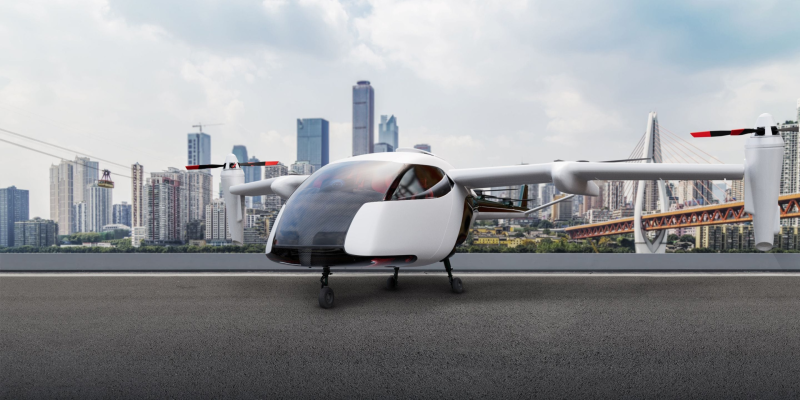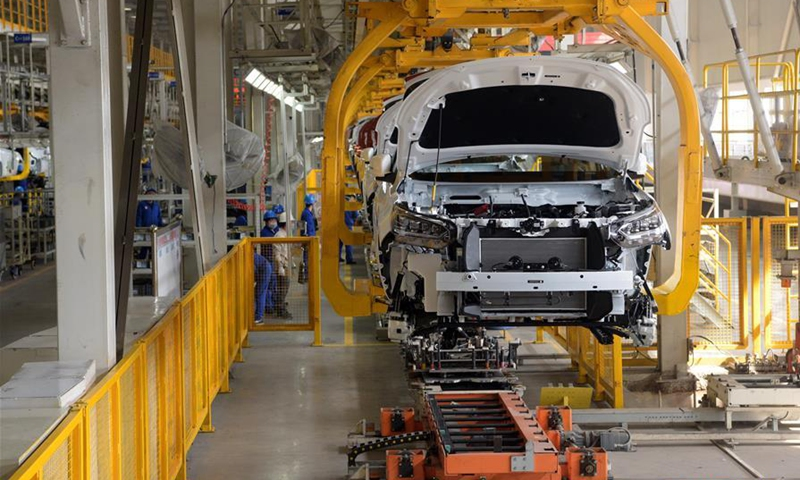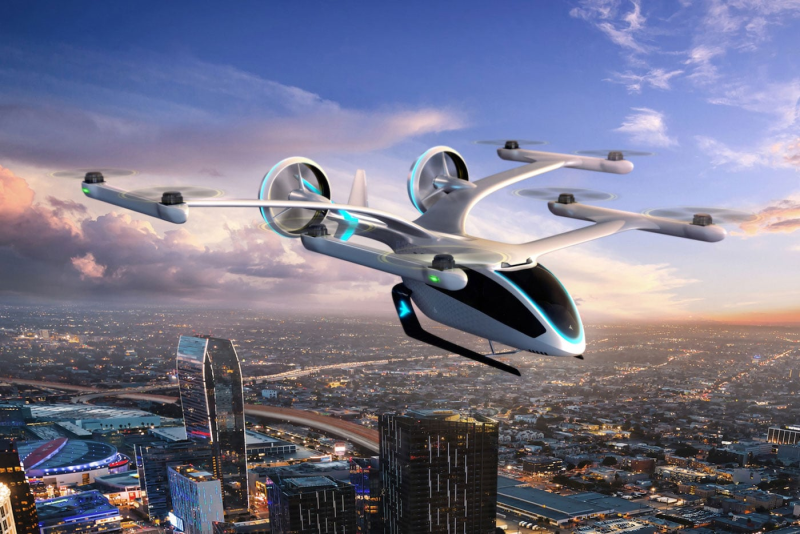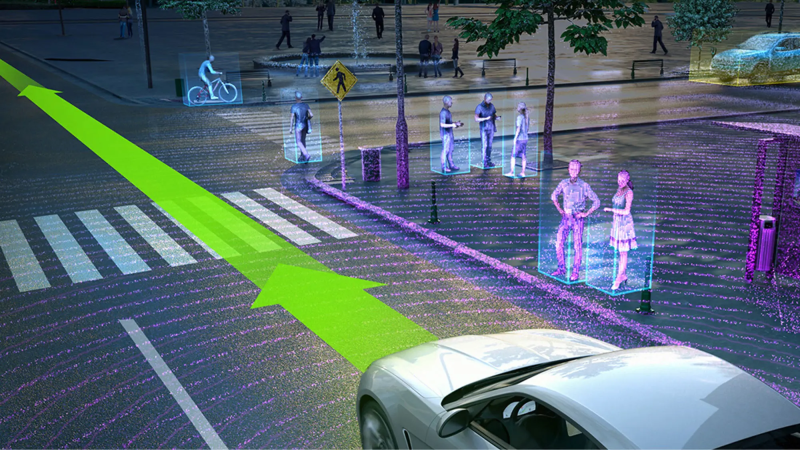Urban Air Mobility (UAM) has emerged as a promising solution to address the growing transportation challenges in urban areas. By leveraging electric Vertical Take-off and Landing (eVTOL) aircraft, UAM aims to provide a more efficient, sustainable, and integrated transportation system. However, the successful implementation of UAM hinges on overcoming significant infrastructure challenges.
Main Challenges in UAM Infrastructure Development
Site Selection and Land Use
One of the primary challenges in UAM infrastructure development is the selection of suitable sites for VTOL operations. These sites must be strategically located near major transportation hubs, such as airports and train stations, to facilitate seamless integration with existing systems. However, utilizing existing infrastructure like building rooftops raises concerns about noise, privacy, and commercial viability. For instance, the placement of VTOL pads on rooftops may lead to conflicts over land use and community acceptance.

Noise and Privacy Concerns
Public acceptance is crucial for the widespread adoption of UAM. Noise pollution and privacy issues are significant barriers to public support. The operational noise of eVTOL aircraft can be a source of disturbance in densely populated urban areas. Addressing these concerns requires the development of quieter propulsion systems and stricter noise regulations. Additionally, ensuring privacy protection is essential to gain public trust.
Integration with Existing Systems
Integrating UAM with existing ground transportation systems is another critical challenge. UAM must be designed to work in harmony with traditional modes of transport, such as buses, trains, and cars. This integration requires careful planning and coordination to ensure that UAM complements rather than competes with existing transportation networks. For example, seamless connections between UAM and ground transit can be achieved through well-designed transportation hubs.
Safety and Security
Ensuring the safety and security of UAM operations is paramount. UAM systems must be designed to operate reliably and safely in complex urban environments. This includes developing robust air traffic management systems, collision avoidance technologies, and high-precision positioning capabilities. Additionally, cybersecurity measures are essential to protect UAM operations from potential threats.
The Role of Government Policies in UAM Commercialization
Regulatory Frameworks
Government policies play a pivotal role in the commercialization of UAM. Establishing clear regulatory frameworks is essential to ensure the safe and efficient operation of UAM systems. Regulatory bodies must develop guidelines that address safety, noise, and privacy concerns while fostering innovation and growth. For example, the European Union Aviation Safety Agency (EASA) has been actively working on developing regulations for UAM operations.
Public-Private Partnerships
Collaboration between public and private entities is crucial for the development of UAM infrastructure. Public-private partnerships can help mobilize the necessary funding and expertise to build and maintain UAM infrastructure. Governments can provide incentives and support to attract private investment in UAM projects. For instance, pilot projects and demonstration programs can be used to test and refine UAM technologies and infrastructure.
Low-altitude Airspace Management
Efficient management of low-altitude airspace is another area where government policies can make a significant impact. UAM operations require access to low-altitude airspace, which must be carefully managed to avoid conflicts with other aviation activities. Governments can establish policies that prioritize UAM operations in designated low-altitude corridors. This can help optimize airspace utilization and enhance the efficiency of UAM operations.
Environmental Benefits of UAM Compared to Traditional Transportation
Zero Emissions
One of the most significant environmental benefits of UAM is the potential for zero emissions. eVTOL aircraft are designed to operate on electric power, producing no direct greenhouse gas emissions. This is a stark contrast to traditional transportation modes, which are major contributors to air pollution. The widespread adoption of UAM could significantly reduce the carbon footprint of urban transportation.
Reduced Congestion
UAM also has the potential to alleviate ground traffic congestion. By providing an alternative mode of transport for short- and medium-distance travel, UAM can reduce the number of vehicles on the road. This can lead to significant improvements in traffic flow and reduced travel times. Additionally, UAM can enhance the overall efficiency of urban transportation systems by providing a faster and more direct means of travel.
Energy Efficiency
Compared to traditional transportation modes, UAM can offer higher energy efficiency. eVTOL aircraft are designed to be more aerodynamic and lightweight, resulting in lower energy consumption. This makes UAM a more sustainable option for urban transportation. Moreover, the use of electric power in UAM operations can be sourced from renewable energy, further enhancing its environmental credentials.
Conclusion
In summary, Urban Air Mobility holds great promise for transforming urban transportation. However, overcoming infrastructure challenges is essential for its successful implementation. Government policies play a crucial role in facilitating the commercialization of UAM by providing regulatory frameworks, supporting public-private partnerships, and managing low-altitude airspace. The environmental benefits of UAM, such as zero emissions, reduced congestion, and energy efficiency, make it an attractive solution for sustainable urban transportation. As technology continues to advance and policies evolve, the future of UAM looks promising.
FAQ
- What are the primary infrastructure challenges facing UAM?
- The primary challenges include site selection and land use, noise and privacy concerns, integration with existing transportation systems, and ensuring safety and security.
- How can government policies support the commercialization of UAM?
- Governments can support UAM commercialization by establishing regulatory frameworks, fostering public-private partnerships, and managing low-altitude airspace.
- What are the environmental benefits of UAM compared to traditional transportation?
- UAM offers zero emissions, reduced congestion, and higher energy efficiency compared to traditional transportation modes.
- Why is public acceptance important for UAM?
- Public acceptance is crucial because it affects the willingness of people to use UAM services. Addressing concerns about noise, privacy, and safety is essential for gaining public trust.
- How can UAM be integrated with existing transportation systems?
- Integration can be achieved through seamless connections at transportation hubs and coordinated planning to ensure that UAM complements existing systems.
- What role do eVTOL aircraft play in UAM?
- eVTOL aircraft are a key component of UAM, providing a quiet, efficient, and environmentally friendly means of transportation.





